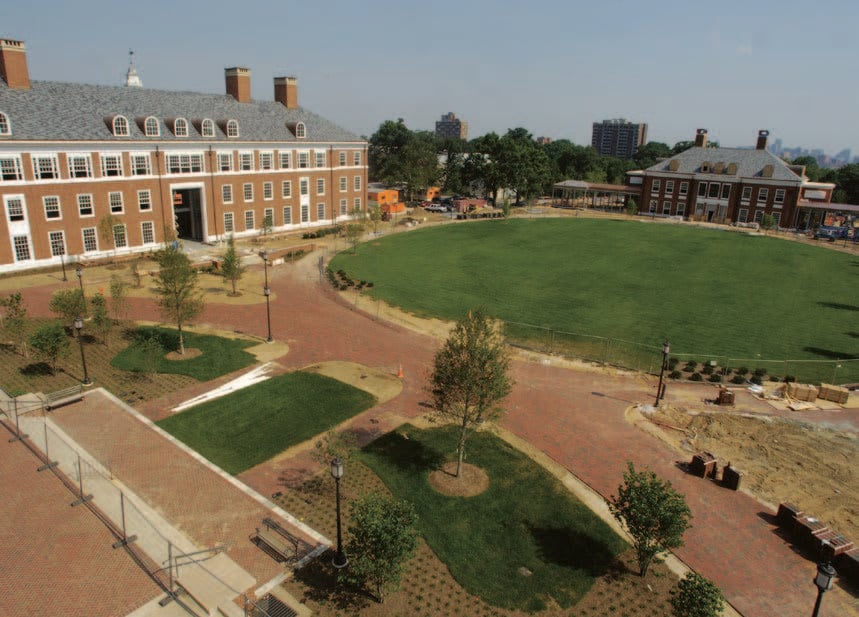
Ben Schafer, associate professor of civil engineering and outgoing president of the Cold-Formed Steel Engineers’ Institute These are exciting and challenging times for those civil engineers who have chosen to be both the stewards and creators of our built environment.
Globalization has influenced the construction work force and the engineers who design the buildings. Immigration driven by the construction market is not just an American issue. My friends who are engineers sitting in offices in New York City are often designing buildings in Hong Kong. Just as common today is an engineer in India working on the design of a building in Chicago or Baltimore. For us here at Hopkins, this means we are beginning to train our students differently, with increased emphasis on flexibility, creativity, and, yes, in some cases, soft skills.
Sustainability, green buildings, green roofs—all of this was totally below the radar just a couple of years ago, but now everyone is talking about it. It seems we are close to a time when society will say, “I want a safe and efficient building, and I want it to have a low impact on the world.” If we unabashedly bring the concepts of sustainability into building design, then truly everything changes because existing design has ignored this aspect of buildings.
Information technology is maturing in building design. The big change everyone is talking about now is Building Information Modeling, or BIM. Our “pictures” of structures (which years ago were hand drawn by draftsmen and over the last years have been computer drawn) are going “live.” The models are merging with computational simulations of the actual building performance to create accurate simulations that engineers can use to design, redesign, and then later use directly as the plans for construction— a BIM model. This simulation-based design is changing civil/structural engineering, and in the Department of Civil Engineering we are at the beginning of an interesting collaboration with one of the leaders in this area, Bentley Systems. Bentley has already donated funds, computers, and software for our senior design course and is now beginning collaborations on a research level.
New materials are changing building design, particularly for repair and remediation where the high cost of new materials can be mitigated by their use only in the most critical areas. Sometimes we are also learning to use traditional materials in novel ways. In my research, we develop the means and methods for the application of thin steel structures, using steel less than 1 millimeter thick in most cases, to the design of buildings. These thin steel shapes are made by cold-forming coils of steel into structural shapes. Engineering these thin shapes into useful building components requires significant effort for the designer, and our research aids these engineers who are truly using a minimum of our precious materials to design the homes and shops we all need.





